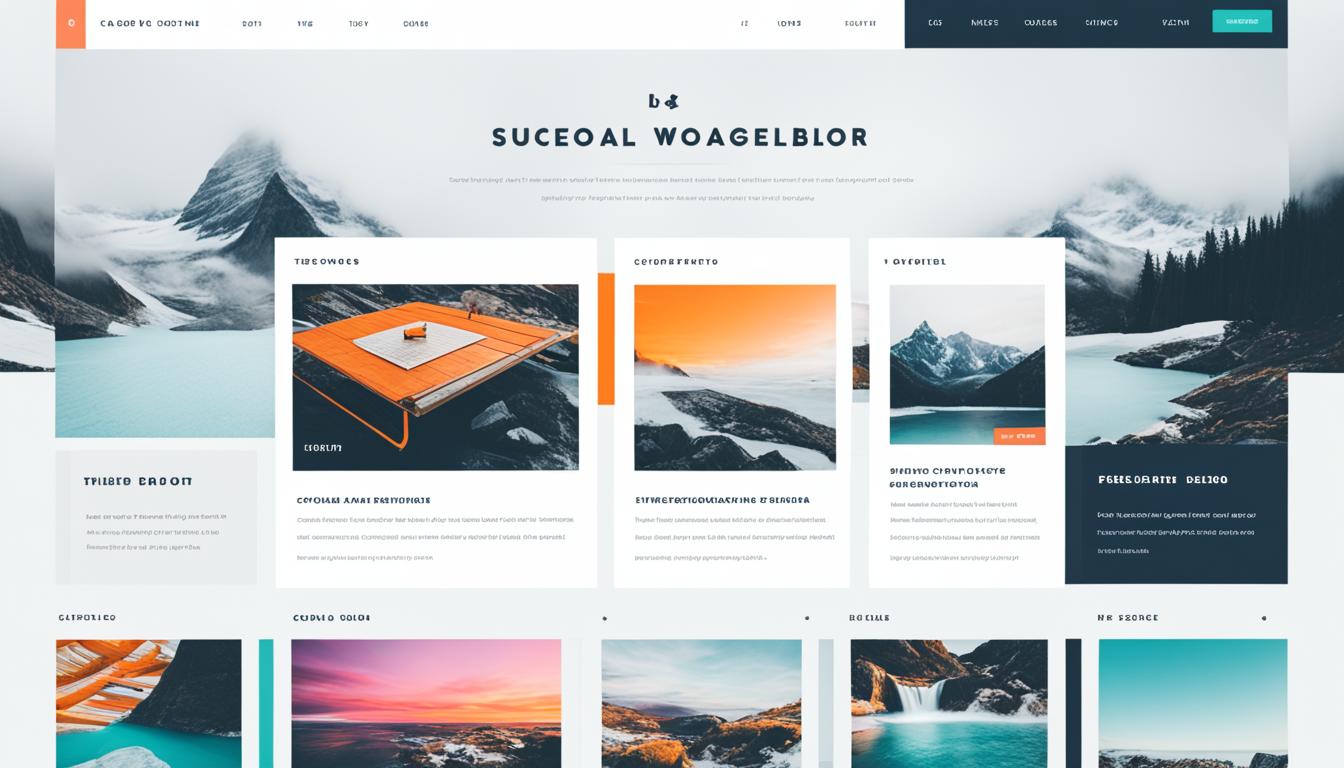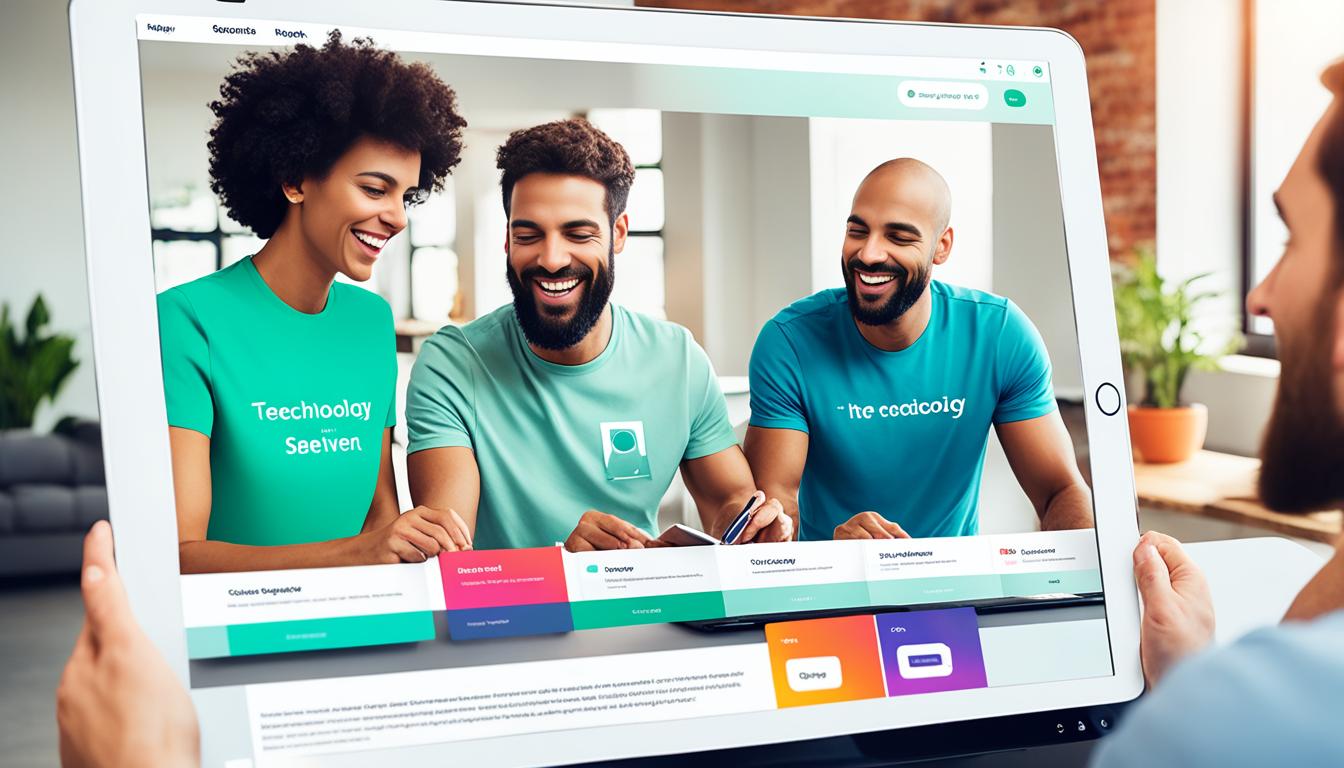Tag: User engagement
-

Website Visitor Tracking: Boost Your Online Insights
Discover how website visitor tracking can enhance your online strategy. Learn about tools, benefits, and best practices to optimize your web presence.
-

Effective Content Creation Strategies for Success
Unlock potent content creation strategies to enhance your digital presence and drive engagement. Master SEO, storytelling, and more for marketing success.



